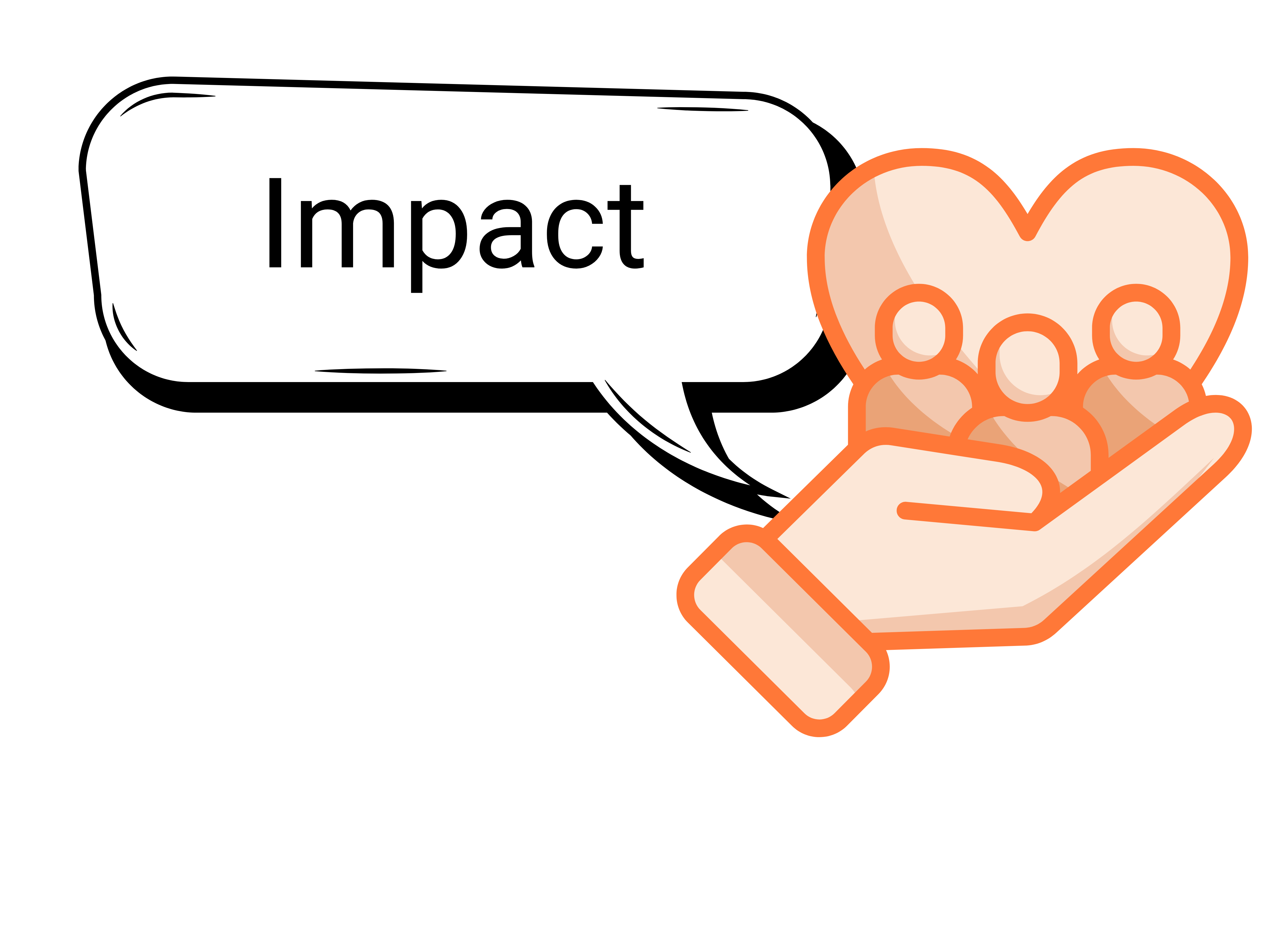Designing for All: Why "Lists" Matter
Lists help present items in a structured, organized way, improving accessibility for all users, especially those relying on assistive technologies.

Importance of Lists
Lists help organize content in a clear, easy-to-follow format. They break down complex information into manageable points, improving readability for all users and enhancing comprehension for those using screen readers.

Impact of Lists
Accessible lists provide structure that screen readers can interpret and announce clearly. Whether ordered or unordered, lists support better navigation, reduce cognitive load, and make content more scannable and user-friendly for everyone.
Best Practices for the Lists:
1. Use clear bullet points or numbers
Bullet points are most effective when the order of items is not significant, such as when presenting a collection of items, features, or ingredients. This format allows users to quickly scan and access the information without needing to follow a particular sequence.
2. How Screen Readers React to Bullet Points (Unordered Lists)?
Screen readers announce them as "list with X items" and then read each item sequentially. There is no inherent numbering, so the order is not emphasized.
Example (Key Concepts for a Research Paper):
-
Research methodology
-
Literature review
-
Data analysis
-
Hypothesis formulation
In contrast, numbered lists are preferred when the order of items is important, such as in step-by-step instructions or processes. This ensures clarity and helps users follow the intended sequence of actions.
3. How Screen Readers React to Numbers (Ordered Lists)?
Screen readers announce them as "list with X items" and read each item with its corresponding number.
This structure reinforces the sequential order, helping users understand step-by-step instructions.
Example (Steps in Writing a Research Paper):
-
Choose a research topic.
-
Conduct a literature review.
-
Develop a hypothesis.
-
Collect and analyze data.
-
Write the discussion and conclusion sections.
4. Label items clearly
Labeling items clearly involves providing concise and descriptive text for each list item, making it easier for users to understand what each item refers to. Avoid using vague terms like "Item 1" or "Step A" because they don't provide enough context. Clear, specific descriptions help everyone, including users relying on screen readers, to comprehend the list content.
Example:
Incorrect Labeling:
-
Step 1: Turn on the computer.
-
Step 2: Open the software.
-
Step 3: Start a new project.
Correct Labeling:
-
Turn on the computer: Press the power button to start.
-
Open the software: Double-click the program icon.
-
Start a new project: Click on "New Project" in the menu.
Additional Tips
For more information, check out the WCAG 2.2 for detailed guidance on ensuring your web and document content is fully accessible.
Contact Us
If you have any questions or need further assistance with the tool, please don’t hesitate to contact us at 845-575-3572.
